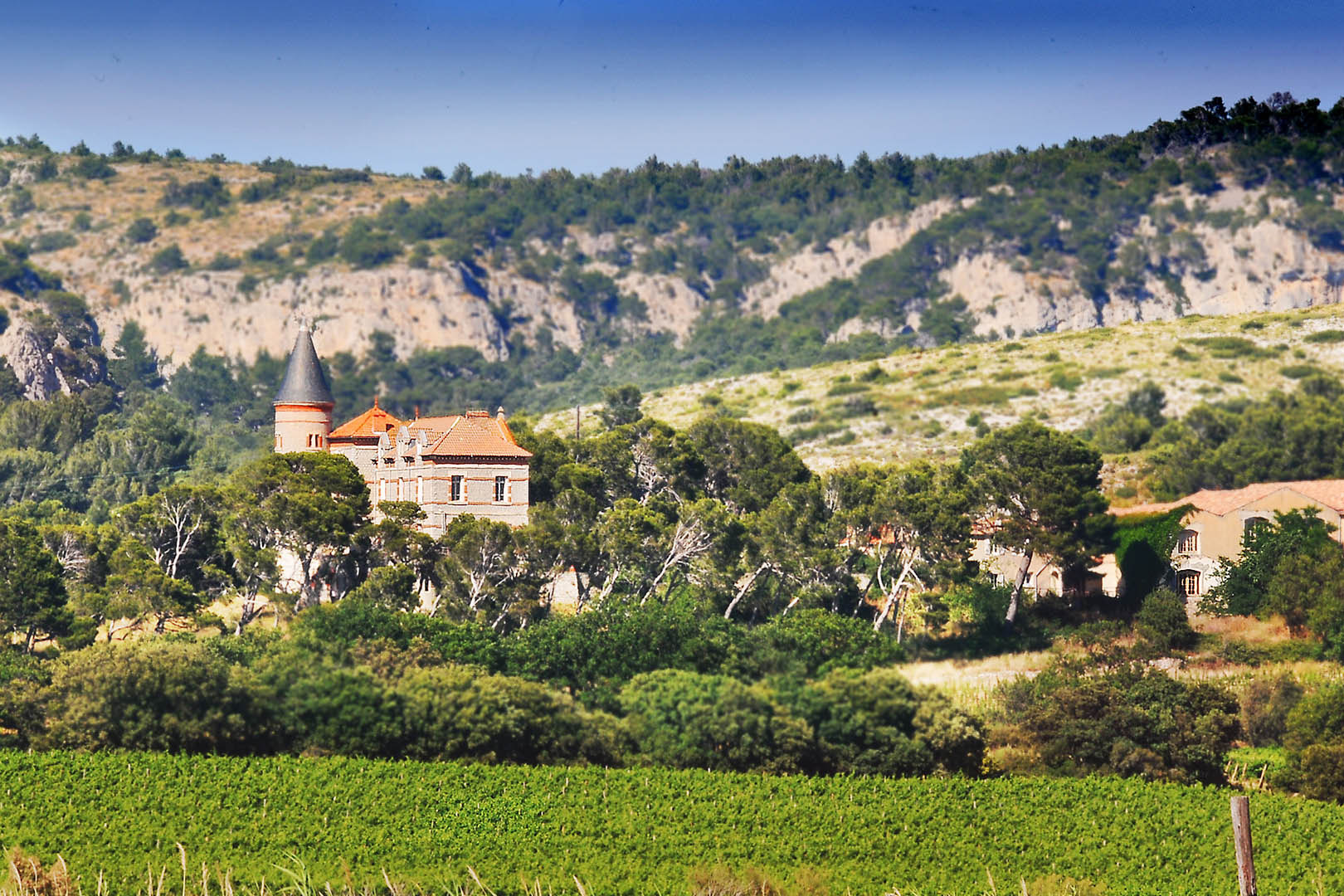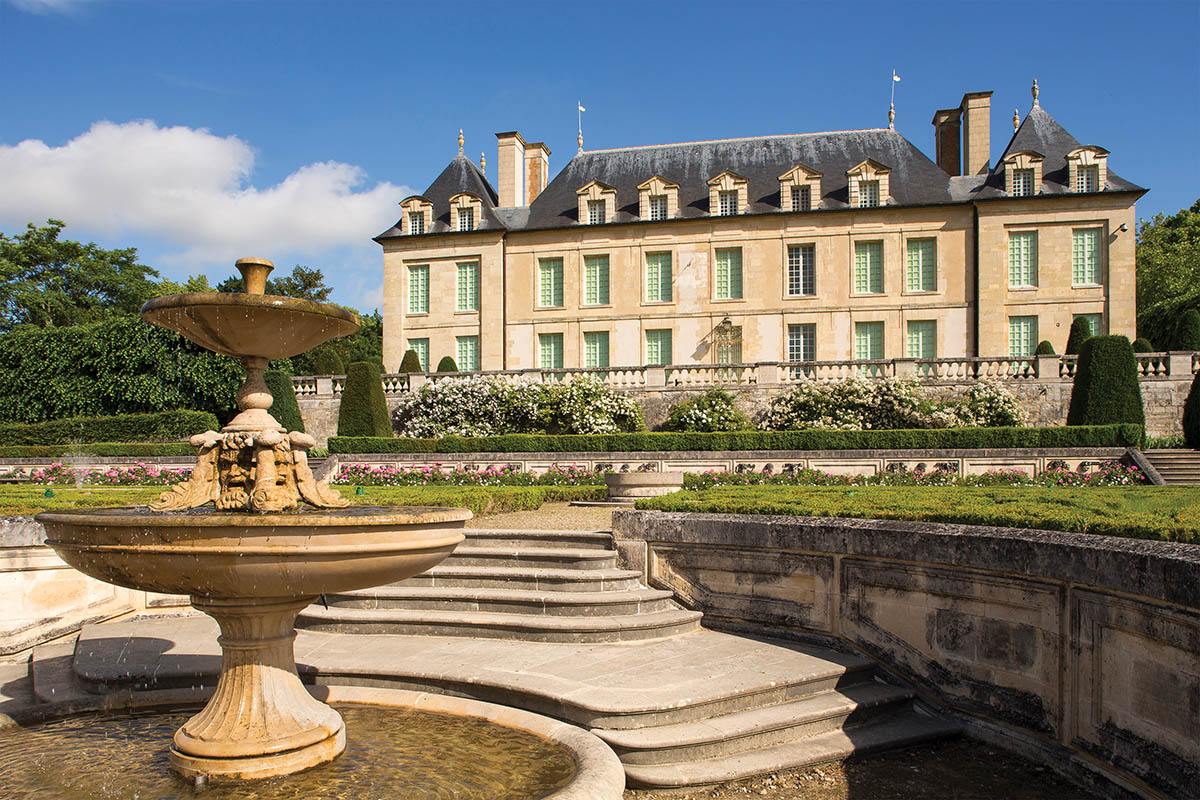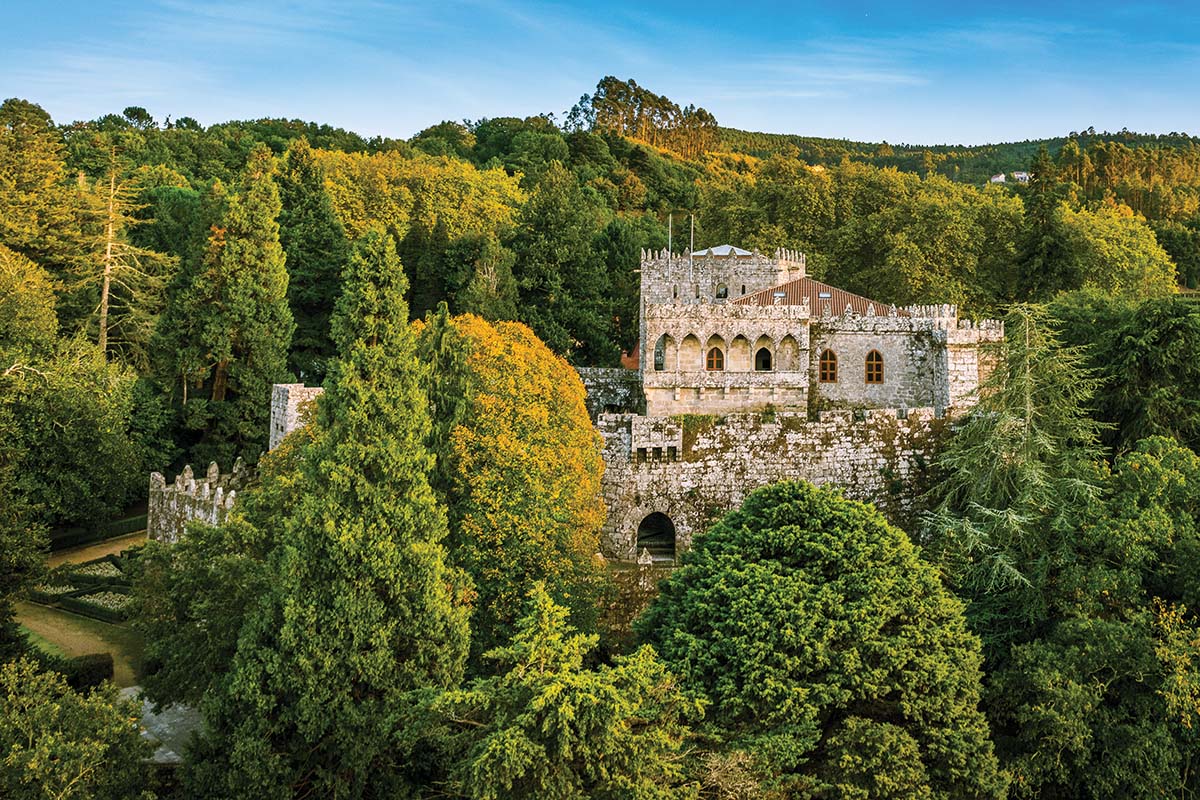Vignobles Bonfils: For the love of the Languedoc
Text: Hannah Jane Thompson | Photos © Les Vignobles Bonfils

To drink a glass of wine from the Vignobles Bonfils is to drink from centuries of French history – and even taste a hint of the future. Originally founded in Algeria in 1870 – when the country was still a colony of France – the family business began with Honorine, the wife of Joseph Bonfils, who planted the first vines of the Bonfils line. In 1962, when the ‘pieds-noirs’ – as the French of Algerian origin would come to be known – ‘returned’ to France, the family was forced, quite literally, to grow roots from scratch.
The Languedoc – an abundant region between Perpignan, Narbonne, Carcassonne and Montpellier – became the family’s adopted home, as Jean-Michel Bonfils began working for a family who owned the Domaine de Lirou. When the family decided to leave to travel the world, they left their property to Jean-Michel. And so the Vignobles Bonfils adventure began, and the family’s love for the region runs deep. “My grandfather Jean-Michel, my father Laurent, my uncles Jérôme and Olivier, and my brothers Thomas and Alexandre, and myself: we all respect the regional heritage,” explains Agathe Bonfils. “We are all passionate about the Languedoc.”

“The jewel of the vineyard”
Now with 17 properties – 16 in the Languedoc and one in the Bordeaux region – the Vignobles Bonfils produce a huge array of varieties, from ranges of ‘table wine’ to high-end Grand Cru. Standout properties include Château Capitoul, Château Vaugelas, Château L’Esparrou and Château Villerambert, across appellations including La Clape, Languedoc, Corbières, Côtes du Roussillon and Minervois. Each property is truly representative of its earth, and it is testament to their own past that the family so respects and enhances the terroir of each new acquisition. “It is part of our family values,” explains Agathe. “As Laurent Bonfils likes to say, ‘the château is the jewel of the vineyard’.”
As well as historical properties, the family now owns a modern winery, Le Domaine de la Motte, near Narbonne. Open since 2007, it enables the family to match client and partner demand for wines distributed across 42 countries; leaving the châteaux cellars to house the higher-end casks.

680 medals
But modern techniques do not impact the quality of wine for this family, whose range consistently wins medals in every relevant national and international category. In the past eight years, the company has brought home more than 330 golds and 350 silvers at home and internationally, including both the Decanter World Wine Awards, and for Robert Parker Wine Advocate. This success demonstrates the deep respect that the family has for all of its terroirs. “We respect the land and the terroir,” explains Agathe. “People think less expensive wine is of a lesser quality, and that is untrue. We have great wine for five euros to ten euros a bottle, as well as 35 euros plus.”
This success is also a sign of the Bonfils’ constant innovation. Since 2011, the current generation has experimented with new techniques and vinification tools, and is tirelessly working to improve the image and quality of the Languedoc. “We have improved the irrigation; changed our barrels; brought in specialist oenologists; focused on the expertise of the earth,” explains Agathe. “We dared to take risks.” This pioneering approach also translates to respect for the environment. At the next grape harvest, the majority of the estates will achieve Level 3 Certification in the HVE (Haute Valeur Environnementale; High Environmental Value) scheme. This constant improvement has turned the global spotlight on the Languedoc, which is increasingly seen with greater respect by the wider drinking public. Overall sales of Languedoc wine are rising year-on-year, and are already up seven per cent in 2019 so far.

Swimming in the vineyard
It therefore comes as no surprise that the Vignobles Bonfils are now establishing themselves as key players in the Languedoc ‘art de vivre’. Two Vignobles Bonfils châteaux are now luxury wine tourism hotels, with plans for a third underway. The 100-bed Château Les Carrasses opened in 2014, while the 200-bed Château St Pierre de Serjac – with a spa – opened in 2016. By 2021, the flagship Château Capitoul will launch, with an impressive 220 beds: plus a spa, a brasserie, and a terrace with panoramic views over the sea, Pyrenees mountains and La Clape vines. A gastronomic restaurant aiming for Michelin stars will also feature, along with a 30-metre infinity pool.

“When you’re swimming you will feel like you’re in the vines,” says Agathe. “We are lucky to have some of the most beautiful winemaking châteaux. Clients can now discover the properties directly: a real Languedoc ‘art de vivre’.” Enabling the public to relax at the heart of the very vines that produced their glass of wine makes perfect sense for this family, whose entire ‘raison d’être’ is to showcase the land that itself welcomed them so warmly, all those years ago. As Laurent Bonfils always says: “Developing wine tourism is all about being ambassadors for the Languedoc.”
www.lescarrasses.com and www.serjac.com Facebook: bonfilswines Instagram: @bonfilswines
Subscribe to Our Newsletter
Receive our monthly newsletter by email





